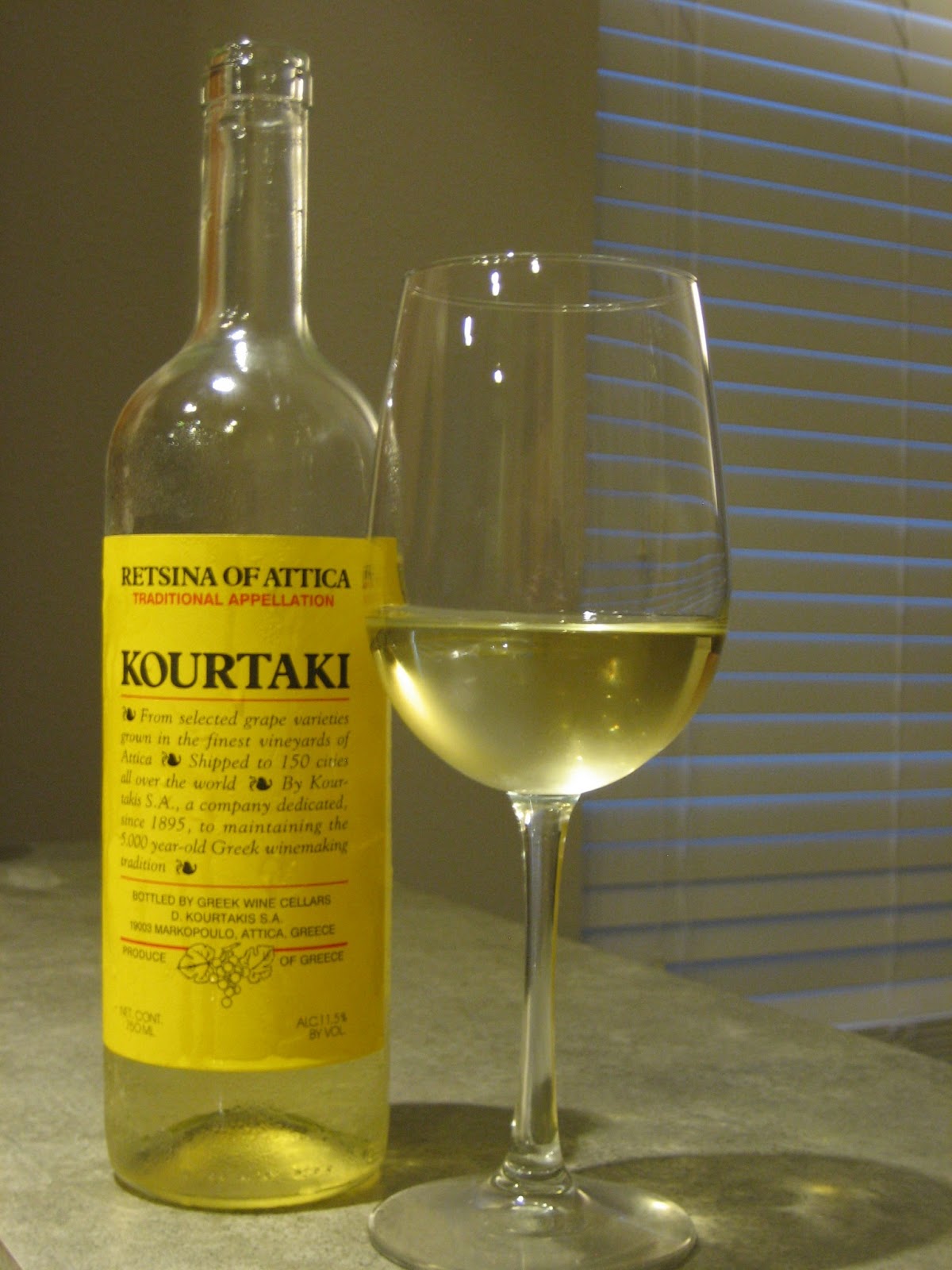Recently on the radio program Science Friday, I heard an interview with archaeologist Patrick McGovern, “the Indiana Jones of
Wine.” He researches ancient beverages
and has the coolest job I never knew existed.
He had fascinating things to say on the subjects of both wine and beer.
The early French learned to make wine from the early
Italians.
McGovern and his team excavated a site near the French town
of Lattes on the Mediterranean coast, where they found amphorae (clay vessels)
and a wine press. The amphorae came from
around 500BC in central Italy, where the Etruscans lived, so it seems the
French were learning winemaking from the Etruscans and importing their wine and
technology. This wine press is the
oldest yet found in France.
When McGovern analyzed the amphorae, he found remnants of
wine mixed with pine resin, rosemary, and basil. The pine resin probably came into contact
with the wine when the resin was used to seal the amphora. Pine resin was a common seal around that time
and created a pine-infused wine.
Wine infused with pine resin has been made in Greece for
2000 years and is still made today. It’s called retsina, and you can buy it at
Spec’s for around $7. I bought a bottle of Kourtaki
Retsina of Attica at the Spec’s on Bay Area.
The wine is pale yellow with aromas of citrus and a sharp herbal and
mineral quality, which I assume comes from the pine. The smell is not the sweet pine aroma of a
Christmas candle, but more of a fresh outdoorsy pine. The wine is dry, with medium-high acid, and tastes
like a crisp, simple white wine with a strong herbal flavor. I’d never tasted pine before, but I’d
compare the flavor to rosemary. I’d
recommend drinking this more for the experience than for the quality or taste
of the wine, but that's okay with me when it's only $7. Retsina might have potential as a cooking wine...
Early beer combined elements of beer, wine, and mead.
McGovern has also discovered some fascinating information
about ancient beer. He analyzed the
residue inside of an amphora from Turkey, which was excavated from what is
thought to be the palace of King Midas.
The amphora contained remnants of a fermented beverage made from barley,
honey, and grapes – the basic ingredients of beer, wine, and mead, all in
one. Microbrewers participated in a
contest to recreate what this beverage would have tasted like. Dogfish Head Brewery won the contest and began
producing “Midas Touch.”
Midas Touch is widely available in Houston – from Spec’s to
Whole Foods. It’s pricey at $10 - $14
for a 4-pack of 12-oz bottles, but I think it’s worth it for the chance to try something so unusual. The label
calls it “handcrafted ancient ale with barley, honey, white muscat grapes, and
saffron.” Midas is a light amber color –
darker than a pale ale but lighter than an amber. It tastes like a strong ale – sort of like a Belgian
tripel – with fruit and honey notes, though it isn’t sweet. Its flavors are complex and rich, and its
high alcohol content (9%) contributes to a full-bodied and weighty feel. It’s pretty good, but I wouldn’t make it a
regular drink. Even so, I love that something like this exists. It's a history lesson in a bottle.


No comments:
Post a Comment
Note: Only a member of this blog may post a comment.